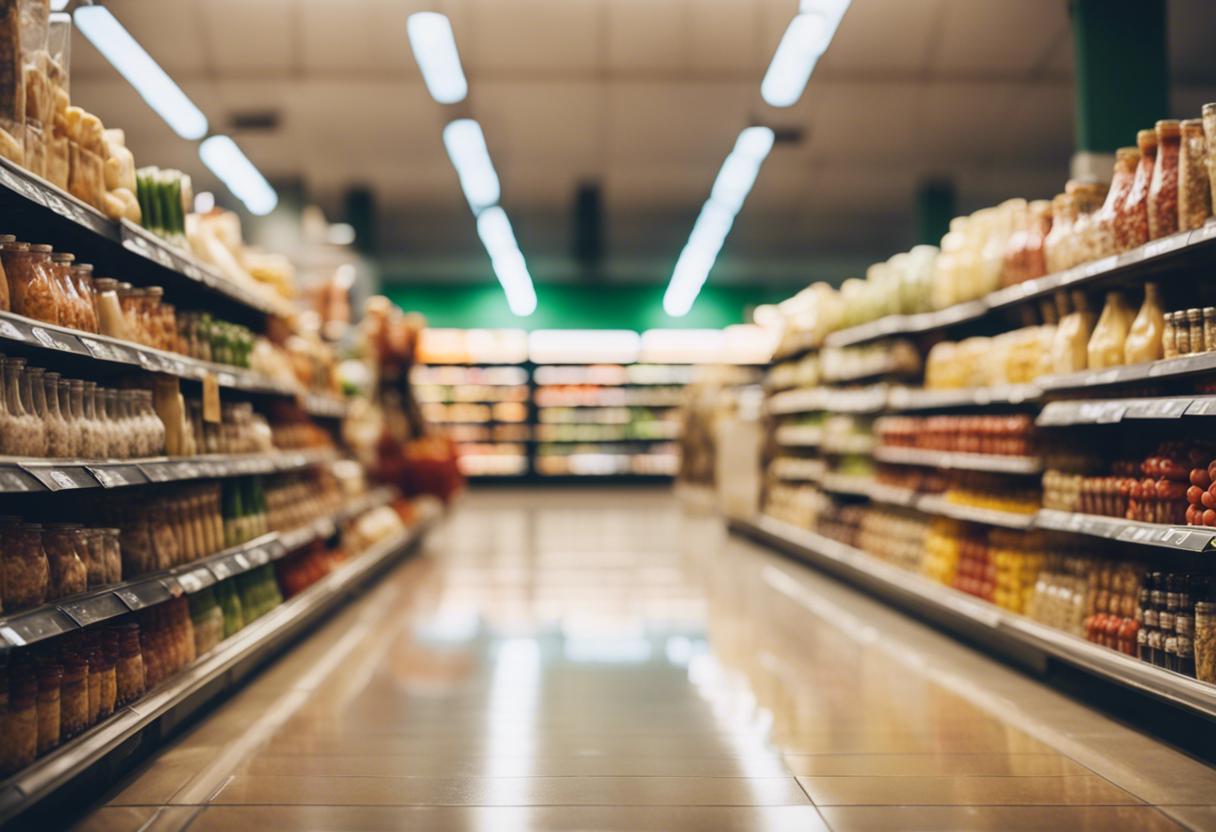Supermarkets have clever methods to persuade us to part with our money. This is how these establishments are successful using subtle tactics without our knowledge.
1. Exiting can be problematic even if you are ready to leave. Supermarkets tend to block unused checkout lanes with intimidating “no exit signs”. This is because they aim to encourage purchases once customers are inside, making it almost impossible to exit without passing through the checkout.
2. They invest a substantial amount of resources into store layout. As customers, we are first met with the appealing sight of vibrant fruits, vegetables, bread, and flowers as colourful visuals tend to uplift our mood. An elated customer is a likely spender. Seeing and smelling bread can trigger hunger, and a famished customer often indulges in spending. Furthermore, once we start filling our trolleys with healthy items, the probability of moving on to less healthy products increases.
3. The milk section is typically situated at the back of the store. This arrangement provides a shorter trip from the delivery trucks to the refrigerators. However, milk is also one of the most frequently purchased items, referred to as “destination items”. The supermarkets organise the layout in such a way that customers are made to traverse through the entire store to reach the milk, offering multiple opportunities for the customer to be enticed by other products.
4. Supermarkets intentionally place the goods they want to sell the most at eye level. Products that may provide better value or cheaper options are located either above or below the eye-level shelves. The supermarkets then levy higher fees on suppliers for these prime positions, which ultimately impacts the prices we pay.
5. Conveyor belts at the checkout are designed to be longer than previous versions. This can create a psychologically pleasing experience for customers, making them more inclined to return to the shop. Yes, that’s correct! The action of placing our items on the conveyor belt indicates that the shopping trip is nearing its end, a contrast to the frustration of waiting with a full trolley.
Supermarkets have a crafty way of manoeuvring us through slim aisles devoid of shelving, limiting our chances to abandon the items we believe we no longer require as we queue. Their rationale is that without a shelf to place the excess pack of chocolate delights on, you may as well purchase them, and quite often they’re right.
The size of store trolleys and baskets has seen a continuous increase owing to research demonstrating that larger trolleys result in higher customer spending. When a retailer escalates the size of their shopping trolleys by 100%, customer purchases escalate by 20%.
When retailers entice us into buying larger packs, their motive isn’t to provide better value but to stimulate greater consumption. When a six-pack of a soft drink is replaced with a 12-pack, the consumption considerably escalates.
Shoppers who opt for two-for-one deals usually end up buying between 30% and 100% more than they intended, indicating these deals do not offer the benefit we think.
At the till, you not only spot sweets, but also glamorous magazines and gadgets – items that are not necessary but can appear appealing when queue boredom kicks in.
Supermarkets place dessert and alcohol sections towards the end of the recommended shopping course, as consumers are more likely to be weary and bored from shopping and thus more likely to treat themselves.
The necessities such as meats, vegetables, bread, milk, butter, eggs, cereals and cleaning items are deliberately located as distant from each other as possible, to ensure you traverse through the entire shop while gathering them.

